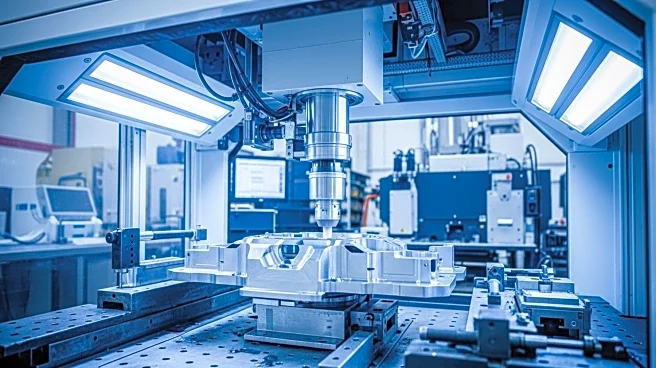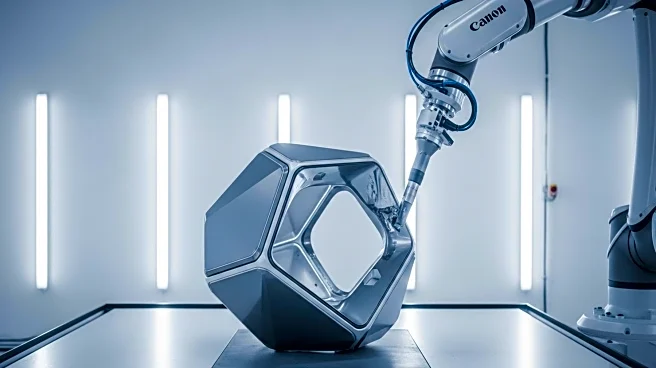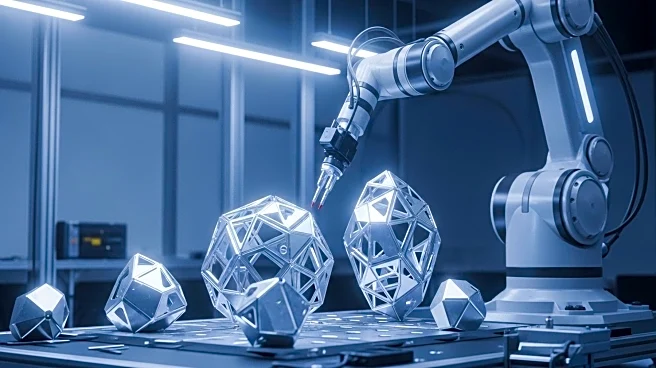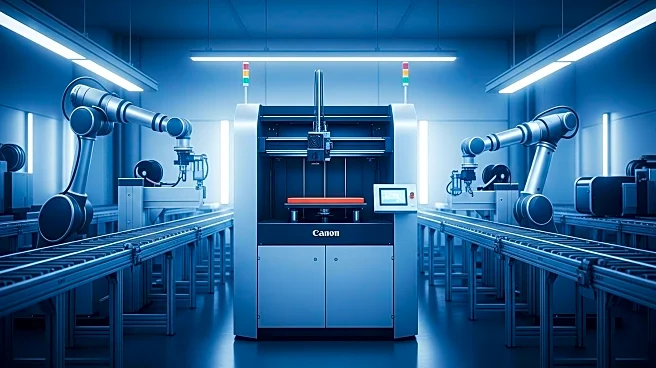What is the story about?
What's Happening?
Recent advancements in materials science have led to the development of self-assembling materials, which can automatically arrange themselves into predetermined shapes and structures. These materials include DNA-based systems, shape-memory alloys, and magnetic particle systems, among others. The technology is being explored for applications in aerospace, medical, and construction industries, offering potential for self-repairing spacecraft components and targeted drug delivery systems. However, challenges such as contamination, energy requirements, and timing coordination remain significant hurdles to widespread adoption.
Why It's Important?
Self-assembling materials represent a transformative shift in manufacturing, with the potential to revolutionize how products are built and maintained. By enabling autonomous assembly, these materials could reduce costs, improve efficiency, and enhance product reliability across various industries. The technology also offers environmental benefits by minimizing waste and energy consumption. Continued research and development in this field could lead to breakthroughs that address current limitations and pave the way for practical applications in everyday manufacturing.
AI Generated Content
Do you find this article useful?













